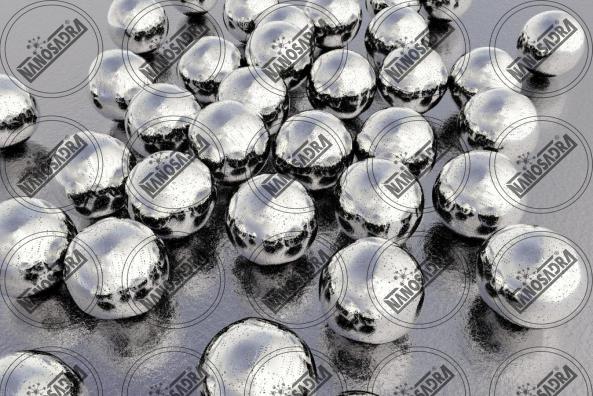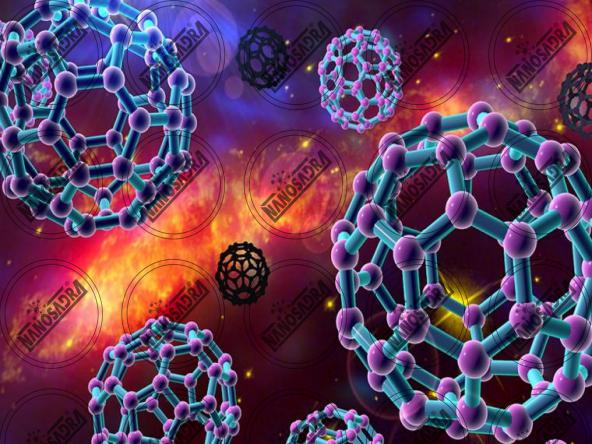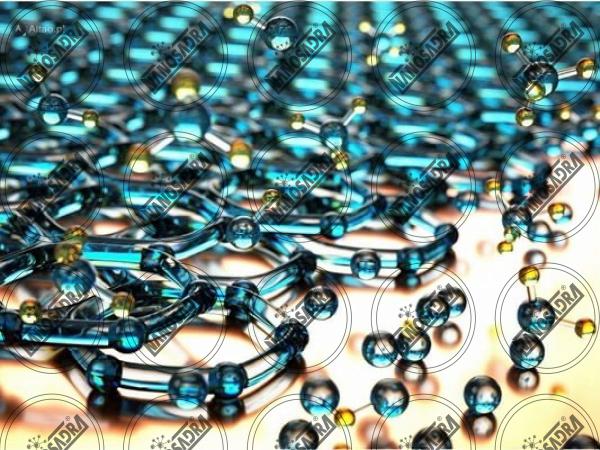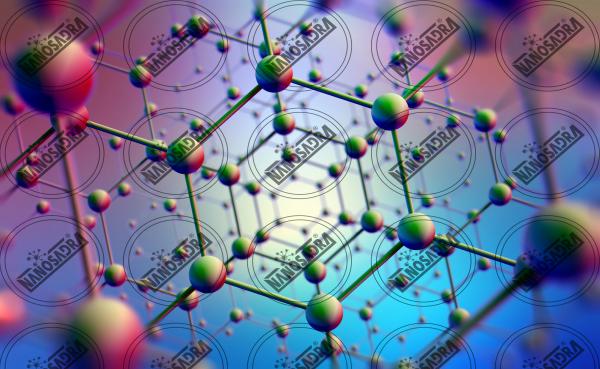The cost of silver nanoparticles in the uk vary and depends on variety of variables such as amount, quality, producing costs and etc. in this article we will tell you what are silver nanoparticles.

The best silver nanoparticles on the market

In recent decades, silver nanoparticles have found applications in catalysts , optics , electronics and other areas thanks to their optical, electrical and magnetic properties that depend on their size. Currently, most silver nanoparticles are used as antibacterial and antifungal agents in biotechnology and bioengineering, textile engineering and water treatment.
Bacterial cellulose magnetically coated with polydopamine contains multifunctional groups which work as reducing agents for the preparation in situ of reusable silver nano compounds with antibacterial properties. Their extremely large surface allows the coordination of a large number of ligands. The properties of silver nanoparticles applicable to human treatments are under investigation in laboratory and animal studies, evaluating the potential efficacy, toxicity, and cost.
Using silver nanoparticles for catalysis has been gaining attention in recent years. Although the most common applications are for medicinal or antibacterial purposes, silver nanoparticles have been shown to exhibit catalytic redox properties for dyes, benzene, carbon monoxide, and probably other compounds. The best silver nanoparticles for export available in reliable wholesalers. in these centers you can buy silver nanoparticles for sale in bulk. also in this site you can buy them in bulk. for more information contact us.
What are silver nanoparticles?

The silver nanoparticles are nanoparticles of silver of size between 1 nm and 100 nm. Although frequently described as ‘silver’ some are composed of a large percentage of silver oxide, due to the other relationship between surface and volume. There are many ways to synthesize silver nanoparticles. In fact, they can be produced by chemical vapor deposition, ion implantation, or by the liquid phase. Although not intuitive, ion implantation has been used to create silver nanoparticle.
Ion implantation: This process has been shown to produce silver particles immersed in polyurethane, silicone, polyethylene and polymethylmethacrylate. Particles grow in the substrate with ion bombardment. The existence of nanoparticles is proven by optical absorption, although the exact nature of the particles created by this method is unknown. There are many methods of creating nanoparticles. Generally they provide for the reduction of a silver salt such as silver nitrate with a reducing agent such as sodium borohydride in the presence of a colloidal stabilizer.
Sodium borohydride has been used with polyvinyl alcohol, poly (vinylpyrrolidone), bovine albumin, citrate and cellulose as stabilizing agents. In the case of bovine albumin the groups that carry sulfur, oxygen and nitrogen mitigate the high surface energy of the nanoparticles during reduction. Hydroxyl groups on cellulose help stabilize the particles.











Your comment submitted.